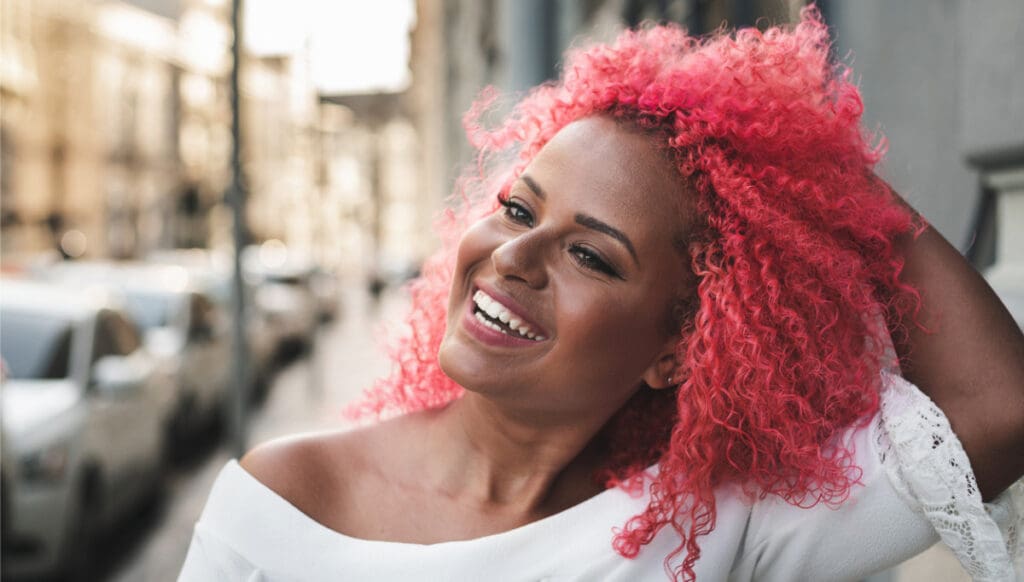
Coloring natural hair can be an exciting experience, allowing individuals to express their creativity and enhance their natural beauty. Having a different hair colour from the crowd will always make you stand out, revealing your unique style. If you are new to the whole hair coloring thing and considering trying it out, no worries, we’ve got you covered. In this article, you’ll learn how coloring affects natural hair, how to color right, and, of course, the dos and don’ts of hair coloring.
Potential Dangers of Coloring Natural Hair
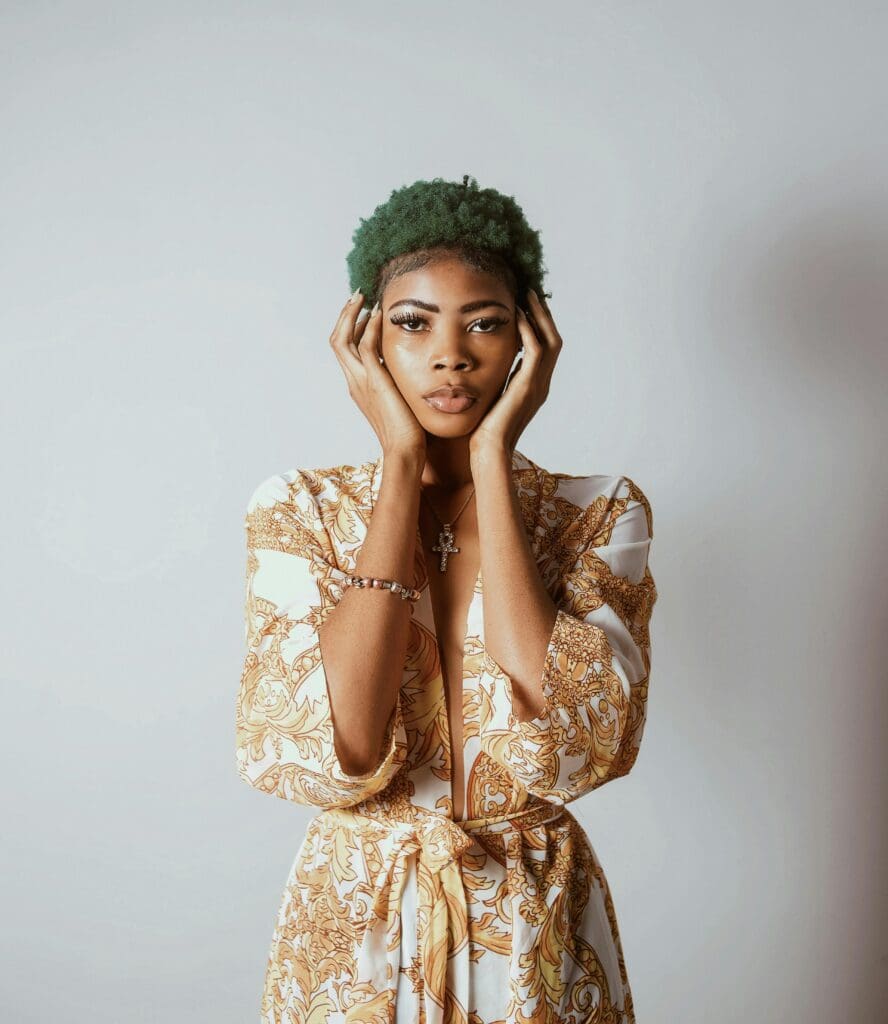
Before coloring your hair, you must remember that it can be dangerous, especially if not done properly. Awareness of these potential risks will help you take precautions to minimize them.
Hair Damage
The chemicals in hair dye can strip away the natural oils from hair, leaving it dry, brittle and prone to breakage. Over time, frequent coloring can weaken the hair shaft, causing thinning and split ends. Knowing how to restore moisture and nourish colored hair is key in combating this issue.
Scalp irritation
For people with sensitive scalps, using dyes can cause adverse reactions.The chemicals in hair dye can irritate the scalp, leading to redness, itching, or a burning sensation. If you have a very sensitive scalp, seek professional advice before getting a new hair color.
Allergic reactions
Some individuals may be allergic to certain hair dye ingredients, which can lead to skin irritation, itching, or even more severe reactions.
Chemical burns
Improper application or leaving the dye on too long can cause chemical burns on the scalp, neck, or face. Make sure to read the instructions on the dye product before proceeding to the application.
Toxicity and Respiratory Issues
Aside from just affecting hair, dyes can also pose a danger to our overall health. Some hair dye ingredients may be toxic if ingested, so keeping them out of reach of children and pets is important. Also, inhaling the fumes from hair dye can irritate the respiratory tract and potentially cause breathing difficulties, especially in poorly ventilated areas.
Steps to Coloring Natural Hair
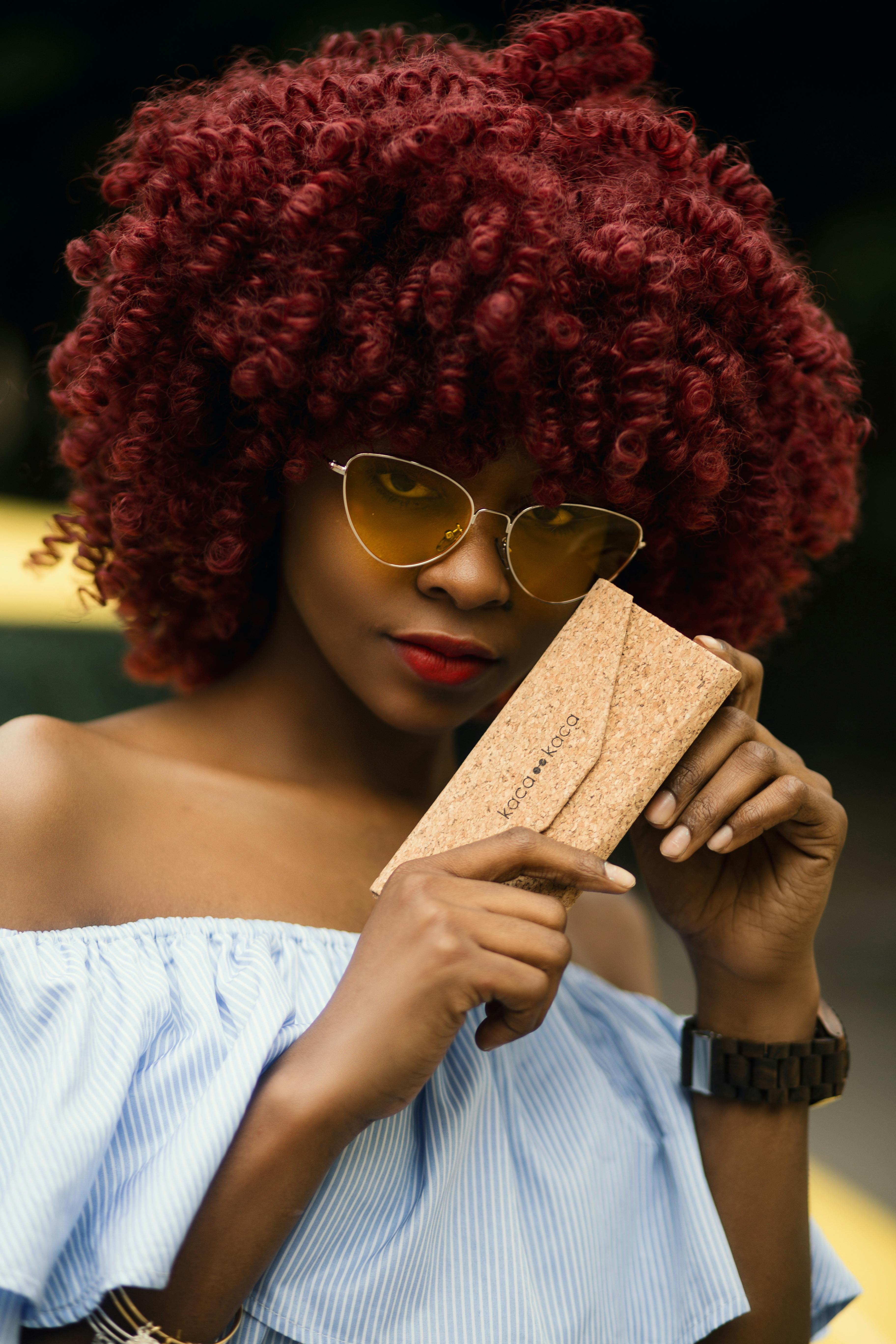
Prep the Hair
Before coloring your hair, prepare it by deep conditioning and proper detangling. Deep conditioning is very important to strengthen and moisturize the strands, providing a protective barrier against potential damage. As part of prepping your hair, protect your scalp by applying a thin layer of petroleum jelly or a protective barrier cream along your hairline and scalp to avoid staining from the hair dye.
Choose Quality Products
When choosing a hair dye, opt for high-quality, ammonia-free products. Look for options that contain nourishing ingredients like oils and vitamins to help protect and moisturize the hair.
Also, consider your natural hair color when choosing a dye. Go for the color that complements your natural hair color and skin tone for a flattering result. If you’re unsure, consult with a professional colorist for personalized advice.
Follow the Instructions
Carefully read and follow the instructions provided with the hair dye product. This includes mixing ratios, application techniques, and processing times.
Carry out a Patch Test
Before applying the dye, do a patch test to check for allergic reactions or sensitivities to the dye. Apply a small amount of dye to a small patch of hair and wait for 24-48 hours to see if there is any adverse reaction.
Apply the Dye
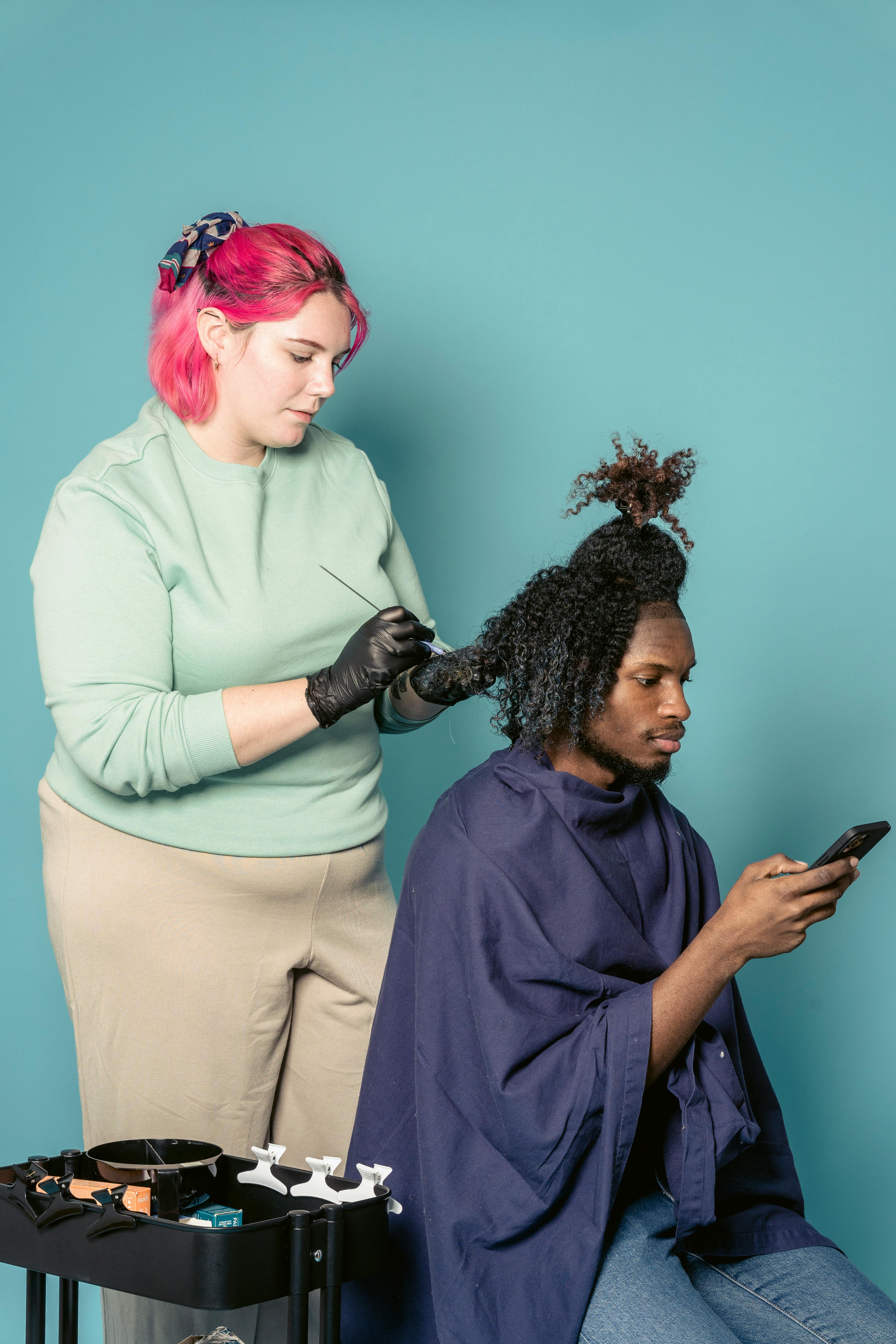
After reading and understanding the instructions and doing a patch test, you can apply the dye from the roots and work your way down to the ends, ensuring that each section is saturated evenly. Use a brush or applicator to ensure thorough coverage.
Time it Right
Pay attention to the processing time specified in the instructions. Leaving the dye on too long can damage the hair, while not leaving it on long enough may result in uneven color.
Rinse Thoroughly
Once the processing time is up, rinse the hair with lukewarm water until the water runs clear. Avoid using hot water, as it can strip the hair of its natural oils and cause damage.
Condition Your Hair
Use the conditioning treatment provided with the dye kit or a deep conditioning mask to replenish moisture and nourish the hair after dyeing. Leave the conditioner on for the recommended time before rinsing thoroughly.
Maintenance Tips for Colored Hair
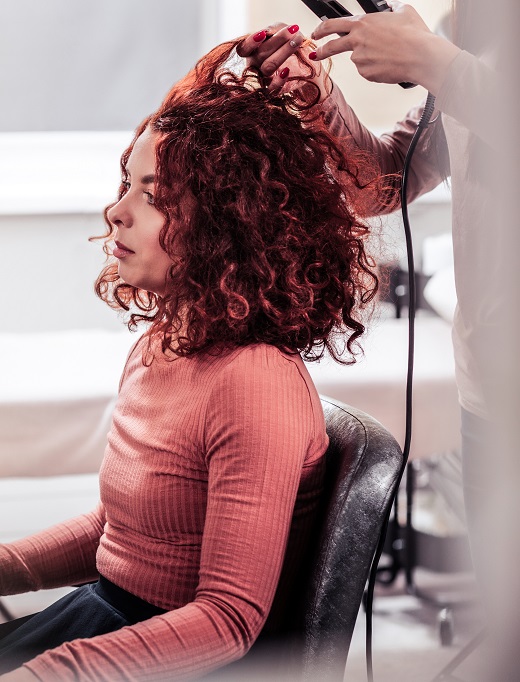
Deep Conditioning
Regular deep conditioning treatments help nourish and moisturize the hair, preventing dryness and breakage. Look for deep conditioners specifically formulated for color-treated hair to maintain softness and shine.
Minimize Heat Styling
Excessive heat styling can further damage colored hair, causing the color to fade more quickly. Opt for heat-free styling methods whenever possible and use a heat protectant spray when using hot tools.
Protect from UV Rays
Sun exposure can cause hair color to fade and damage. Wear a hat or use products with UV filters to protect your colored hair when spending time outdoors.
Avoid Over-Washing
Too frequent washing of hair strips hair of its natural oils, leading to dryness, breakage, and frizz. It is more so for color-treated hair as it can also strip away the color, leading to dullness. Aim to wash your hair no more than 2-3 times per week, using a sulfate-free shampoo designed for color-treated hair.
Use Color-Enhancing Products
Whenever you want to restock your hair products, look for products specially formulated for color-treated hair. Whether it is a shampoo, conditioner, or leave-in conditioner, check to see that it offers benefits for colored hair before purchase.
Avoid Hot Water
Wash your hair with lukewarm or cool water to prevent color fading and keep the hair cuticles closed, locking in moisture and color.
Touch Up Roots Regularly
To prevent noticeable regrowth, touch up your roots every 4-6 weeks or as needed to maintain a seamless color transition.
Trim When Necessary
Coloring can weaken your hair, so getting regular trims is important to prevent split ends and breakage. Aim to get a trim every 6-8 weeks to keep your hair healthy and strong.
Protect Your Hair at Night
Use a satin or silk bonnet/headwrap to protect your hair before going to bed. this helps to reduce friction and prevent color transfer while sleeping. You can use a satin/silk pillowcase instead.
In conclusion, it is possible to maintain healthy and thriving colored hair. Even with all the risks involved in hair coloring, if you follow these simple and straightforward guidelines, you have nothing to worry about. You can now enjoy the luxury of having your vibrantly colored hair in the most healthy state.










